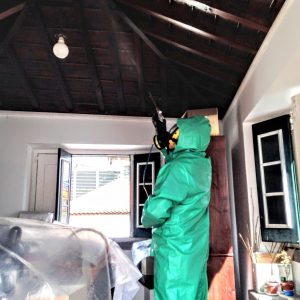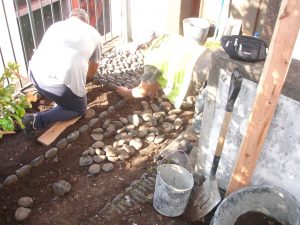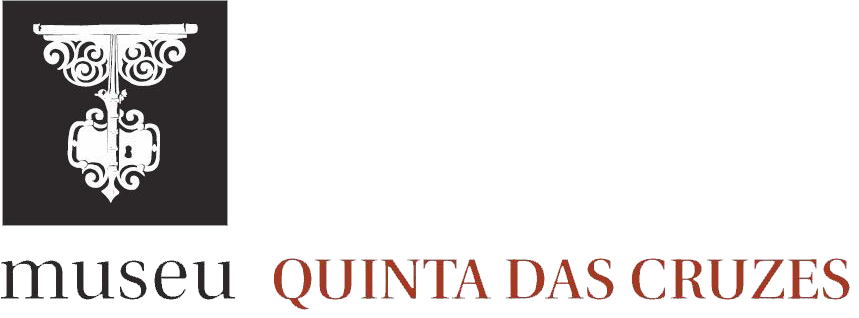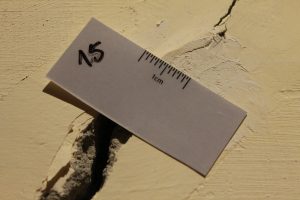 The Quinta das Cruzes Museum ensures the appropriate conditions and promotes the preventive measures needed to conserve the cultural assets in its safekeeping in accordance with the technical guidelines and rules conveyed by those entities competent in this field.
The Quinta das Cruzes Museum ensures the appropriate conditions and promotes the preventive measures needed to conserve the cultural assets in its safekeeping in accordance with the technical guidelines and rules conveyed by those entities competent in this field.
The conservation of the building and of the cultural assets which constitute the estate of the Museum complies with the Preventive Conservation Plan of the Quinta das Cruzes Museum drawn up in accordance with those aspects specific to the Institution, seeking to define the principles and priorities in the context of the preventive conservation and the implementation of the respective procedures.
Hence, we should stress that the good state of upkeep of the building corresponds to the first measure to safeguard the collections.
As regards the Quinta das Cruzes Museum space, in view of the specific aspects of its architecture and the construction types used over almost five centuries, the actions to consolidate structures, materials, equipment and the treatment of pathologies of the respective property have been decisive for its preservation and consequently for the cultural assets to be found within.

As this is a historic building, emblematic of the city of Funchal, classified as a Property in the Public Interest (Decree 36.383 dated June 28th 1947), any intervention or remodelling project is carefully analysed, oriented and supervised by the Direcção de Serviços de Museus e Património Cultural (Directorate of Services of Museums and Cultural Heritage) of the Direcção Regional da Cultura (Regional Directorate of Culture).
The second stage as regards the preventive conservation of the collections, is characterised by the analysis and setting of criteria used in the design and organisation of the interior spaces (permanent exhibition, reserves and other technical spaces) which shall be suitable for the actual reality of each Museum, bearing in mind the nature and type of their collections and the climate and environmental conditions of the region where they are located.
Conserving is a priority function, transversal to all the other museum functions and it requires continuous attention, procedures, routines and good daily practices.
The monitoring of the environmental conditions, particularly as regards the control of the values of temperature, relative humidity and lighting levels, encompassing the different areas and spaces of the Museum, as well as integrated pest control, are priority tasks and regularly carried out at this institution.

